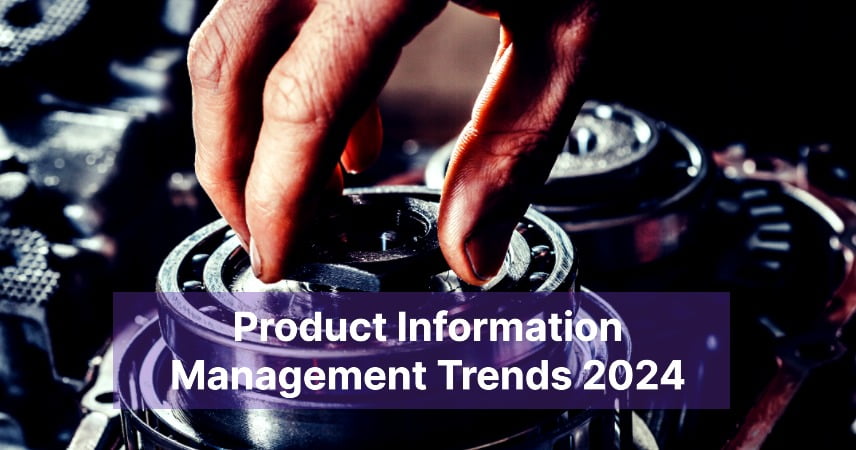10 Product Information Management Mistakes You Must Avoid

In the ever-evolving landscape of eCommerce, managing product information effectively is paramount. Product Information Management (PIM) serves as the backbone for delivering accurate, consistent, and compelling product data to customers across various channels. However, navigating through the complexities of PIM can be daunting, and committing mistakes along the way is common.
Neglecting Data Quality
The Foundation of Successful PIM
Effective PIM starts with high-quality data. Neglecting data quality can lead to inaccuracies, inconsistencies, and ultimately, loss of customer trust. Ensure your data is clean, accurate, and up-to-date to provide a seamless shopping experience.
Overlooking Data Governance
Establishing Rules and Protocols
Without proper data governance, chaos ensues. Establish clear rules, protocols, and responsibilities for managing and maintaining product data. This ensures consistency, compliance, and accountability across the board.
Ignoring Integration Challenges
Seamlessly Connecting Systems
PIM doesn’t operate in isolation. Ignoring integration challenges with other systems like ERP or CRM can result in fragmented data and disjointed workflows. Prioritize seamless integration to streamline operations and enhance efficiency.
Failing to Define Clear Taxonomies
Organizing Data Effectively
Clear taxonomies are the roadmap to navigating your product data. Failing to define them can lead to confusion and inefficiency. Establish clear categorization and classification systems to facilitate easy search and retrieval of product information.
Underestimating the Importance of User Experience
Making Data Accessible and Understandable
User experience matters, even in the realm of PIM. Design intuitive interfaces and workflows that make accessing and understanding product data a breeze. Prioritize user-friendly features to enhance productivity and satisfaction.
Neglecting Localization Needs
Catering to Diverse Audiences
In a global marketplace, one size does not fit all. Neglecting localization needs can alienate potential customers and hinder expansion into new markets. Tailor product information to meet the cultural, linguistic, and regulatory requirements of different regions.
Overcomplicating Workflows
Keeping it Simple and Efficient
Complex workflows bog down productivity and breed frustration. Avoid overcomplicating processes by keeping workflows simple, streamlined, and intuitive. Focus on efficiency to empower users and optimize performance.
Skipping Regular Updates
Staying Ahead of the Curve
Product information is dynamic and constantly evolving. Skipping regular updates can result in outdated information and missed opportunities. Stay proactive by scheduling regular updates to keep your product data fresh and relevant.
Disregarding Data Security
Safeguarding Sensitive Information
Data security is non-negotiable in today’s digital landscape. Disregarding it puts your organization at risk of breaches, compliance violations, and reputational damage. Implement robust security measures to protect sensitive product data from unauthorized access and cyber threats.
Not Investing in Proper Training
Empowering Your Team
Effective PIM requires knowledgeable and skilled personnel. Not investing in proper training can lead to inefficiencies, errors, and missed opportunities. Provide comprehensive training to your team to equip them with the tools and knowledge needed to succeed in managing product information effectively.
Conclusion
Avoiding these Product Information Management mistakes is crucial for maximizing the potential of your product information management efforts. By prioritizing data quality, governance, integration, taxonomy definition, user experience, localization, workflow simplicity, regular updates, data security, and proper training, you can streamline operations, enhance efficiency, and deliver exceptional customer experiences.





